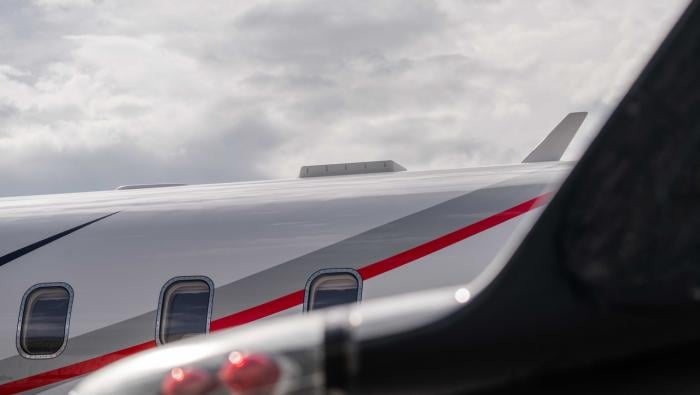Eying a strong market for Organization Designation Authorization (ODA) services, Aloft AeroArchitects (Booth C7037) is transitioning its internal organization to better focus resources to meet that growing demand.
The Georgetown, Delaware-based company is among the little more than three-dozen U.S. companies with full ODA capabilities, and is finding a need for those services across the industry, from MROd, to manufacturers and operators.
“The ODA brings in so many different opportunities. In the aviation space, everyone who has a product has to go through the approval process. We are aligning our internal resources to recognize this significant value stream,” said Matthew Hill, the former vice president of business development who has taken the new role as vice president of ODA and certification as part of this reorganization.
From the market’s standpoint, Aloft AeroArchitects is providing the same full scope of STC services. But, Hill said, the shift is “more about efficiently operating on behalf of our customers.”
The approved list of authorizations under the Aloft AeroArchitects ranges from STCs and PMAs involving Part 23 aircraft such as the Pilatus PC-12 and Beechcraft King Air series to Part 27 and 29 helicopters and a spectrum of Part 25 business jets and commercial airliners. The company also has a business with special-mission mods.
While the company’s facilities in Delaware were designed for aircraft the size of a 737, “Our ODA doesn’t have any of those restrictions,” he added. “We can do any ODA for any relatively modern aircraft.”
A La Carte Service Options
The services run the gamut: some may need approval services only for an installation, others need the full range of services, he said, from writing the plan, administering the testing, conducting the analysis and working through the paperwork. “Sometimes customers are savvy and need fewer services. Sometimes we have to take on the full breadth [of a project],” Hill said, noting the company has increased the scope of its “à la carte menu.”
Ensuring what the customer needs from the beginning is crucial, he said, noting the advantage of its ODA services is “it removes ambiguity.” Surprises in a project often lead to delays and costs. With regulations, Hill said, “it feels like it should be black and white, and it's not. Taking ambiguity out of the process allows your schedule to have higher fidelity. It adds sanity to the manufacturers.”
He noted that the company has had organizations come to them saying they were 90 percent complete with a project and then it failed FAA testing, requiring extensive revisions. Those organizations know how to build the project, but they didn’t understand the testing, Hill noted, adding, “Having a certification plan from the beginning helps everybody. It’s a fun challenge, and we’re pursuing it aggressively.”
Aloft AeroArchitects has seen demand pick up, particularly with jobs involving new technologies, added John Eichten, vice president of sales and marketing. But, he added, “The business is growing in all areas.” Part of that growth is building market awareness.
The company, long known for its auxiliary tank and complex engineering businesses, had rebranded two years ago from PATS Aircraft Systems to Aloft AeroArchitects to highlight the full scope of its other services, which, along with the ODA services, encompass VVIP completions, MRO, precision manufacturing and the Hollingsead avionics-related product lines.
Aloft AeroArchitects employs approximately 300 at its expansive seven-hangar campus in Georgetown, and has found a balance between its businesses, with some sides picking up when others slow.
Eichten noted that the company has captured a “fair share” of VVIP completions business with more on the horizon, and the MRO has remained steady. The MRO business is more competitive, he noted, but said Aloft AeroArchitects is constantly on the lookout for new platforms and capabilities.
As for the auxiliary fuel tank business, “that model is really simple,” he said, since so much of it is tied to the Boeing Business Jet. “The more green airplanes sell, the better our tank business,” he said. The market for BBJs had slowed in recent years, but he sees that picking up, especially as the new “Max” variants begin to make their way to the market.
That business is augmented with various individual projects, such as CRJ conversions, and 757s that are entering a second life.







